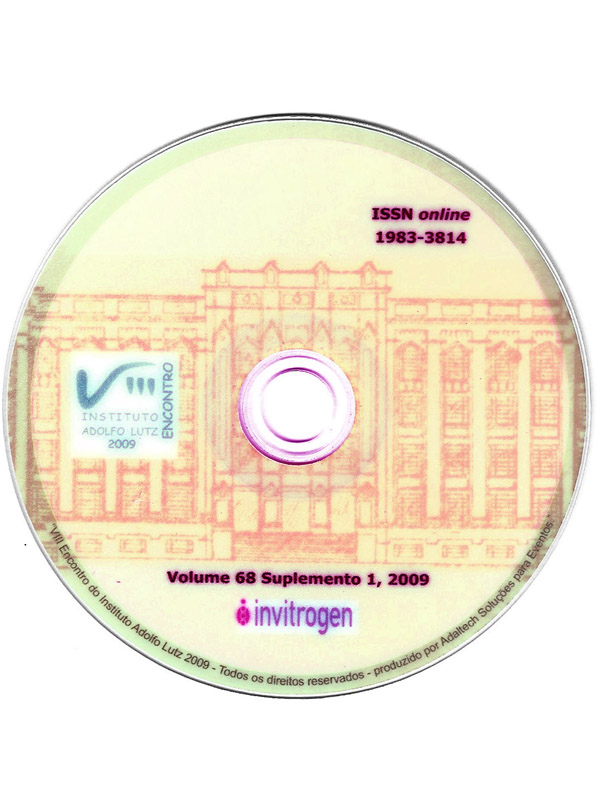Abstract
Objectives The present work were to analyse Rickettsia spp. in host sera and vectors collected in municipalities of the Vale do Paraiba where Brazilian spotted fever (BSF) fatal cases were recently recorded. Methods Sera were collected from domestic animals resident in areas of Resende, Barra Mansa, Barra do Piraí and Valença. Ticks and fleas were removed from the hosts, environment and humans. The sera were tested by Indirect Immunofluorescence Assay. After identification, the vectors were pooled according to species, sex, and host performing the vector samples to be processed. Genomic DNA was extracted and polymerase chain reaction was performed to access rickettsial genes gltA and ompA. The following rate values were determined: Similarity, Dominance, Abundance, Equitability, Parasitic Association, and prevalence. Results In total, 109 sera were collected.The sero-positive animals were: dogs 58.70%, equines 44.12%, bovines 15.38% and cat 100. By PCR, dogs 13.11% and equines 8.82% amplified rickettsial gene fragments. These PCR-positive animals were from Barra do Piraí dogs and equines and Valença dog. We analyzed the DNA extracted from 218 vector pools n=321, and 14.22% of them yielded rickettsial gene fragments by PCR. The prevalence of PCR reactive pools
was: Rhipicephalus sanguineus 30%, Amblyomma cajennense 5.26%, A. aureolatum 33.33%, and Ctenocephalides felis 16.36%. PCR technique showed infected vectors in Barra Mansa C. felis, R. sanguineus, A. cajennense, Barra do Piraí C. felis and Resende C. felis,R. sanguineus,A. cajennense, A. aureolatum. The SR values among the vector’s fauna of the studied municipalities ranged from 0.6 to 0.8. Taking in account only A. cajennense, R. sanguineus and C. felis species, the most frequent and PCR-reactive species, the SR values ranged from 0.8 to 1. Conclusion Our results are indicating the participation of dogs, equines, R. sanguineus, A. cajennese, and C. felis in the maintenance of peridomiciliary enzootic cycle of Rickettsia spp, and that, potentially, are responsible for the human epizootic events in the studied municipalities.

This work is licensed under a Creative Commons Attribution 4.0 International License.
Copyright (c) 2009 GS Gazeta, ER Souza, AE Abboud-Dutra, M Amorim, PR Barbosa, AB Almeida, V Gomes, FS Gehrke, MT Marrelli, TTS Schumaker
